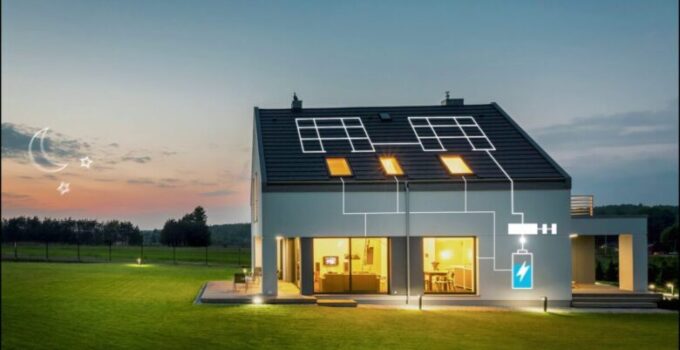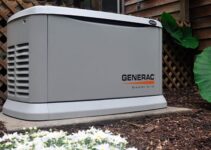Eight tips for building owners, if you want to make yourself self-sufficient from energy suppliers, you should use electricity storage. The solar batteries can efficiently and economically store the solar power from your own roof. Then clean electricity is also available in the evening, as well as the next morning. However, there are a few things to consider so that the purchase is really fun. While it is fun and can save you money in the long run, many are still doubtful that they can afford solar storage installed at their homes.
Luckily, there are solar-powered generators that work better for those who have smaller homes or those who live in a mobile home. You can find the best solar generator when you visit Best Of Machinery. And speaking of smaller homes, for that matter, you will not need a large number of panels and generators to power your home. This can truly be a great combo and according to Absolute Tiny Houses, more people opt for smaller homes to keep the expenses down. Combine it with solar panels and you can definitely save a lot of money.
If you have a solar generator installed on your roof, you can also use your own electricity cheaply in the evening, at night, or in the morning. An efficient battery is necessary for this. Here are a few tips for the smooth working of storage.
1. Battery size depends on the power requirement!
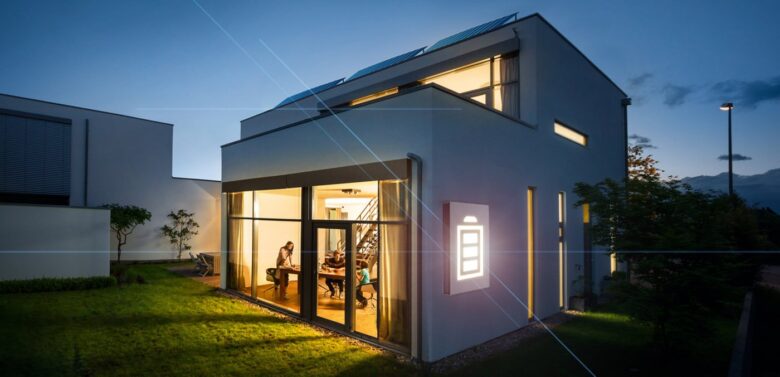
Source: sma-jobblog.com
The correct size of the battery depends on the electricity needs of the user. It should be at least large enough that the residents of the home can use it to get through the evening, through the night and through the morning, in terms of electricity. Storage between three and eight-kilowatt hours is sufficient for a normal household. The power output of the electricity storage ssystem is also important. Electric instantaneous water heaters for hot water or the kitchen stove occasionally require significant currents from the battery. This thing must be considered when choosing the right battery.
2. Lead or lithium batteries: a question of space and money!
A debate is raging among experts as to which battery types are the best. Lead batteries have been around for more than a hundred years, so nothing can go wrong. However, only 50 percent of the storage capacity of a lead storage system is used, which has to do with the chemistry of lead-acid batteries or lead-gel batteries.
Lithium storage can be used more effectively because it can be discharged to 80 or 90 percent. Some manufacturers even promise 100 percent, but these are fairy tales. Lithium batteries are hermetically sealed, which simplifies their assembly. However, the prices are currently (still) higher than for lead batteries, complete with battery management and charge control. In 2015, lithium storage prices fell by almost 30 percent, and this downward trend will continue. Lithium batteries will soon reach roughly the same price range as lead batteries.
3. Profitability is decided in weak hours!

Source: ionsolar.com
Electricity storage systems also have weak hours and days. They rarely run under full load, i.e. with the maximum current for charging or discharging. Most of the time they work at part load. This is why their economic efficiency is very dependent on the so-called low load behavior. For instance, a large electricity storage system (many kilowatt-hours of storage capacity) with low charging power (low currents for charging or discharging) is rather unfavorable. This is because of the reason that it takes far too long to fully charge. Moreover, it can only deliver low power when there is high demand.
You are on the safe side with battery systems in which the maximum number of kilowatt-hours that can be stored corresponds approximately to the electrical output (for example 3 kWh / 3 kW). A battery with seven kilowatt-hours of storage capacity and two kilowatts of charging capacity is far too weak to work efficiently. So it needs three and a half hours of full sun to refill.
4. First place the photovoltaic on the roof, then the battery!
The power storage only makes sense if you generate clean solar power from your own roof. And if the self-consumption of solar power can be increased significantly in this way. Therefore one should first gain experience with the solar generator (photovoltaics). Even without a storage battery, solar power in your home can be covered by up to 50 percent, depending on the size of the solar generator. If hot water is generated electrically, the proportion of self-consumption is higher. With a battery, it can be 80 to 90 percent. In order to design the battery, however, it is essential to know the electricity demand in the hours between sunset and sunrise.
5. Batteries earn money in the power grid!
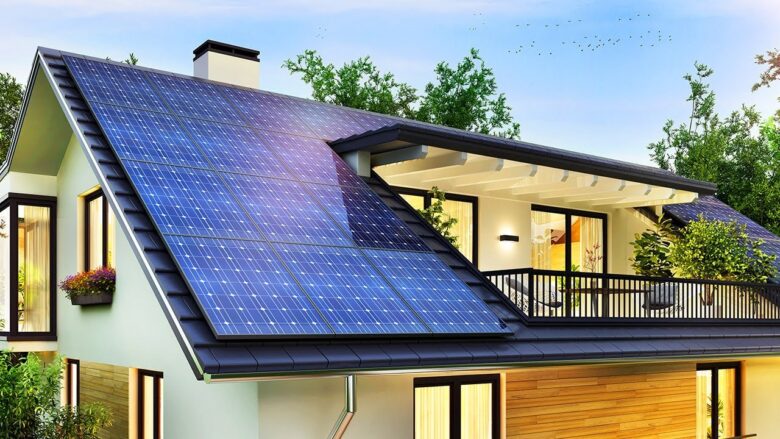
Source: juliandance.org
Some storage battery manufacturers offer their customers additional income from the power grid. They interconnect thousands of batteries to form an intelligent swarm that draws electricity from the grid when the supply from the power plants is higher than the demand. This electricity is then cheaper or even given free of charge to the owners of the solar batteries. However, this requires a certain investment in order to connect the batteries to a central network manager and to install an additional meter for network operation of the battery.
6. Electric lawnmowers, pedelecs, or e-cars: all mobile batteries!
The electricity storage in the house can be chosen to be smaller if electric vehicles belong to the household, such as lawnmowers, lawn tractors, wheelchairs, e-scooters, or electric cars. They all provide storage capacity, i.e. increase the degree of utilization of solar power from your own roof. So that they can not only draw electricity but also feed it back into the house, you need regenerative charging technology. It is possible to feedback into your own house, but not to feedback electricity from a vehicle into the public grid.
7. Prefer quality components and devices!
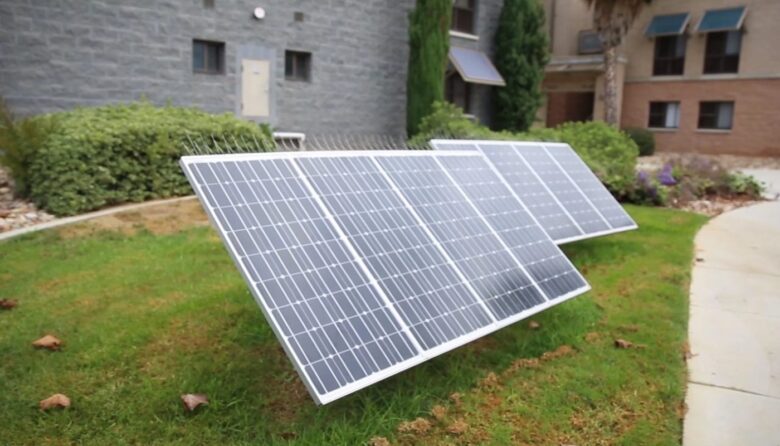
Source: solarpandit.com
Quality components providers should be preferred for solar batteries. They may be using foreign battery cells, but the charging electronics, the fuses, and disconnections as well as the housing. Such devices also usually have better service in the event of complaints or damage. Sure, sometimes these products are more expensive but if you buy cheap, you usually buy twice.
8. Leave the installation to the competent person!
It is essential that the installation of the solar batteries is carried out by skilled craftsmen in your neighborhood. They have often already installed similar systems and equipped houses.
Also very important: A good installation company can be recognized, in addition to its references by the fact that it offers system maintenance after commissioning and fire protection from the outset. The company should also issue the storage pass (system documentation) from the solar association without being asked.

